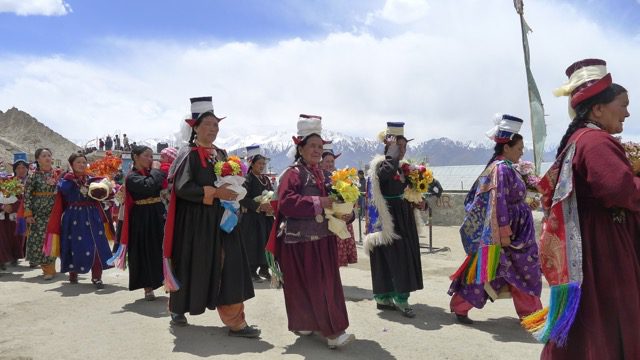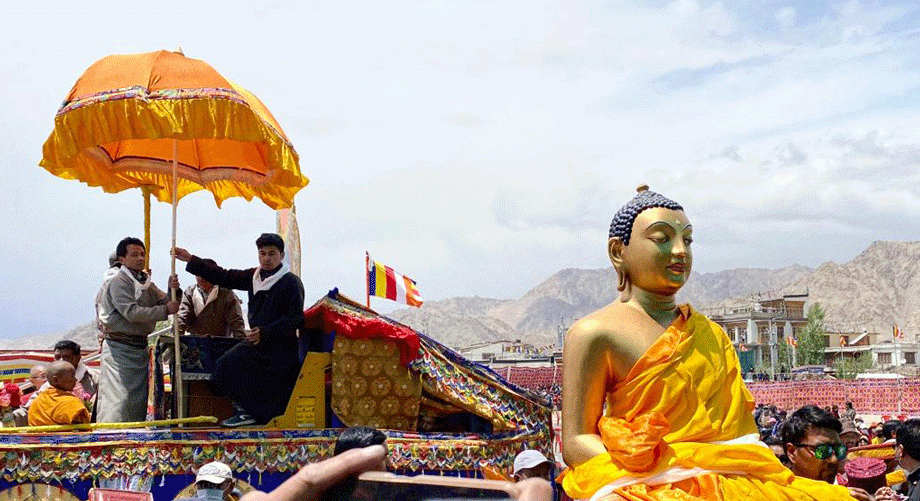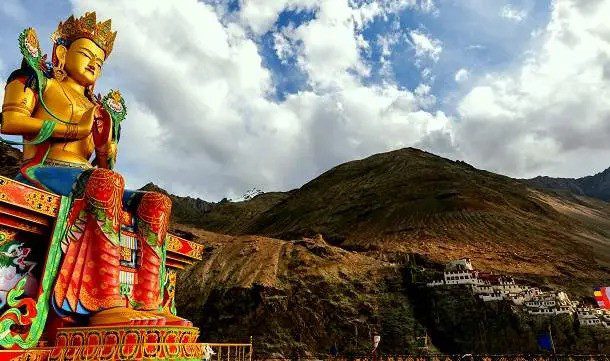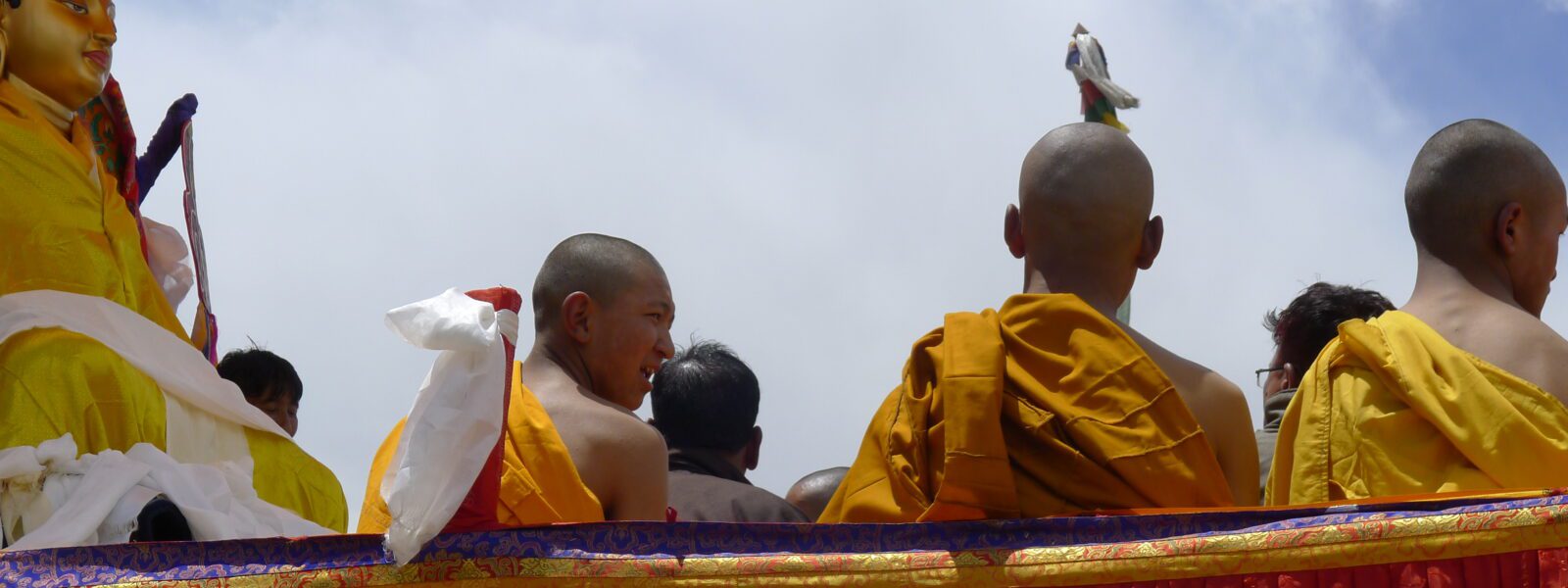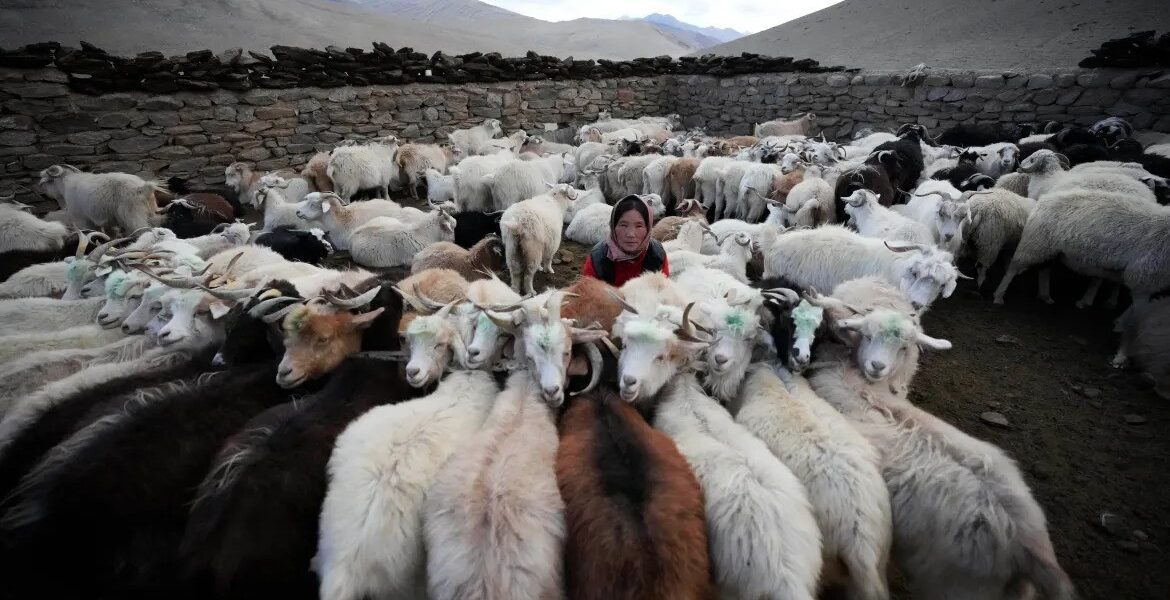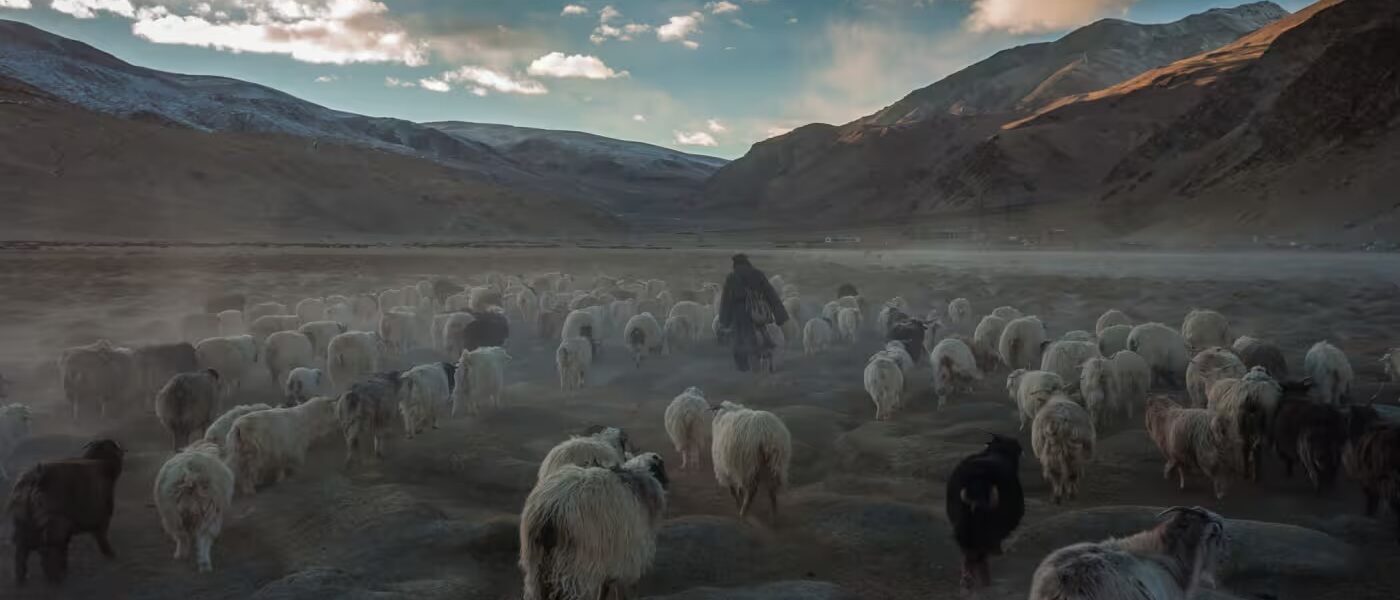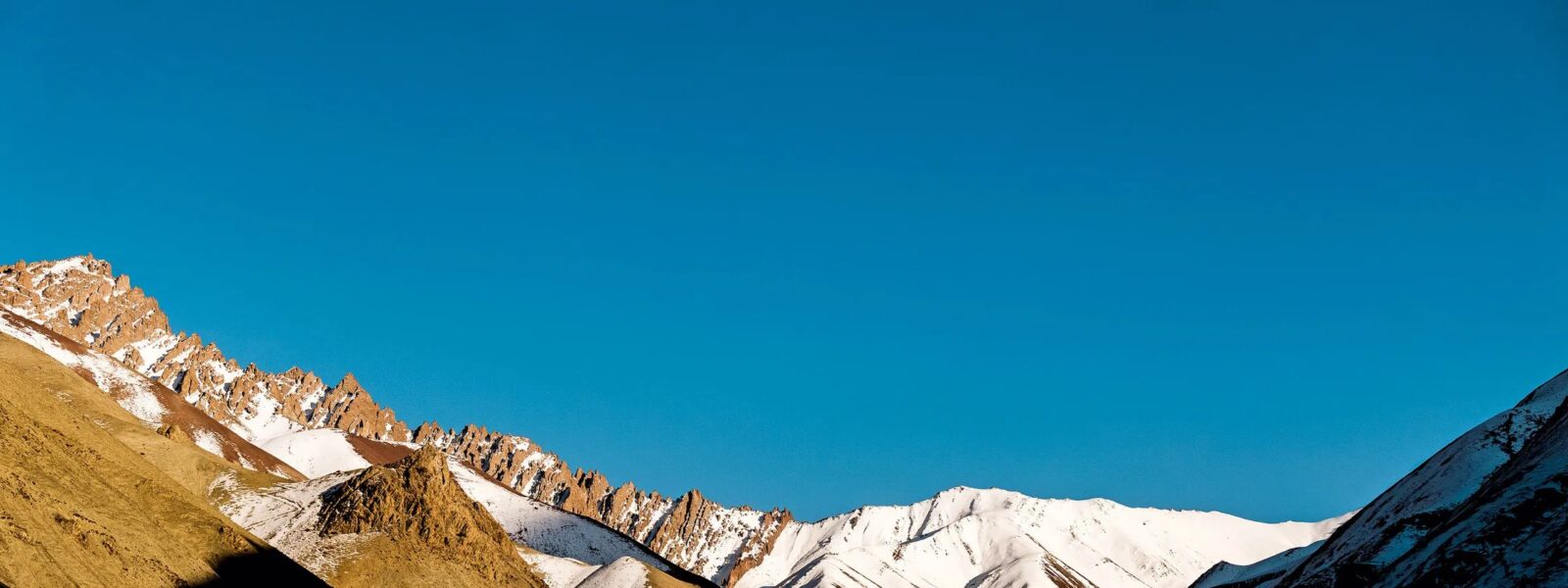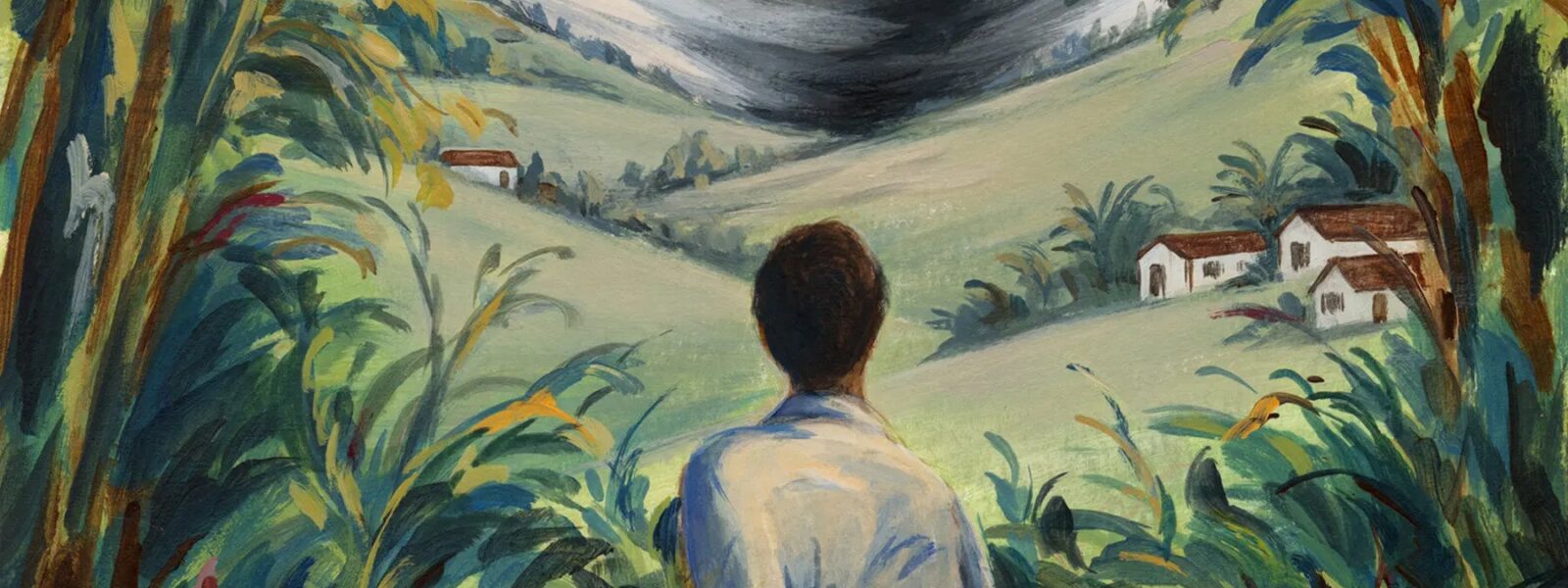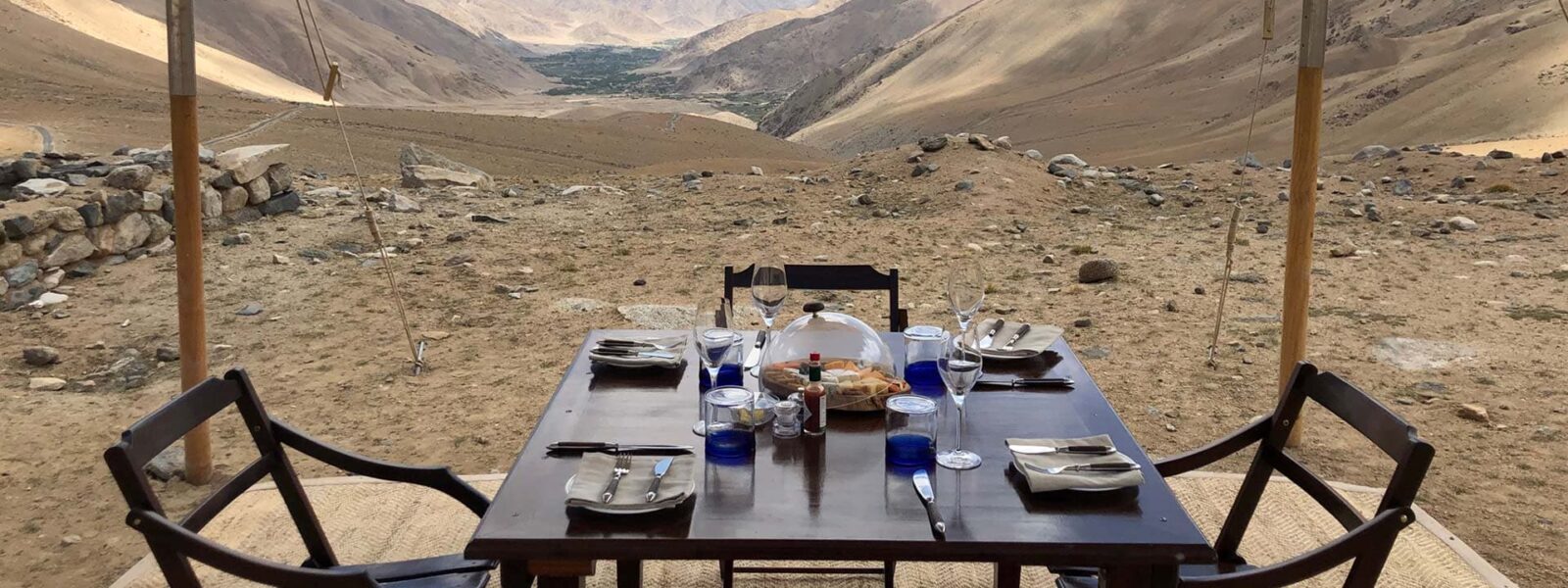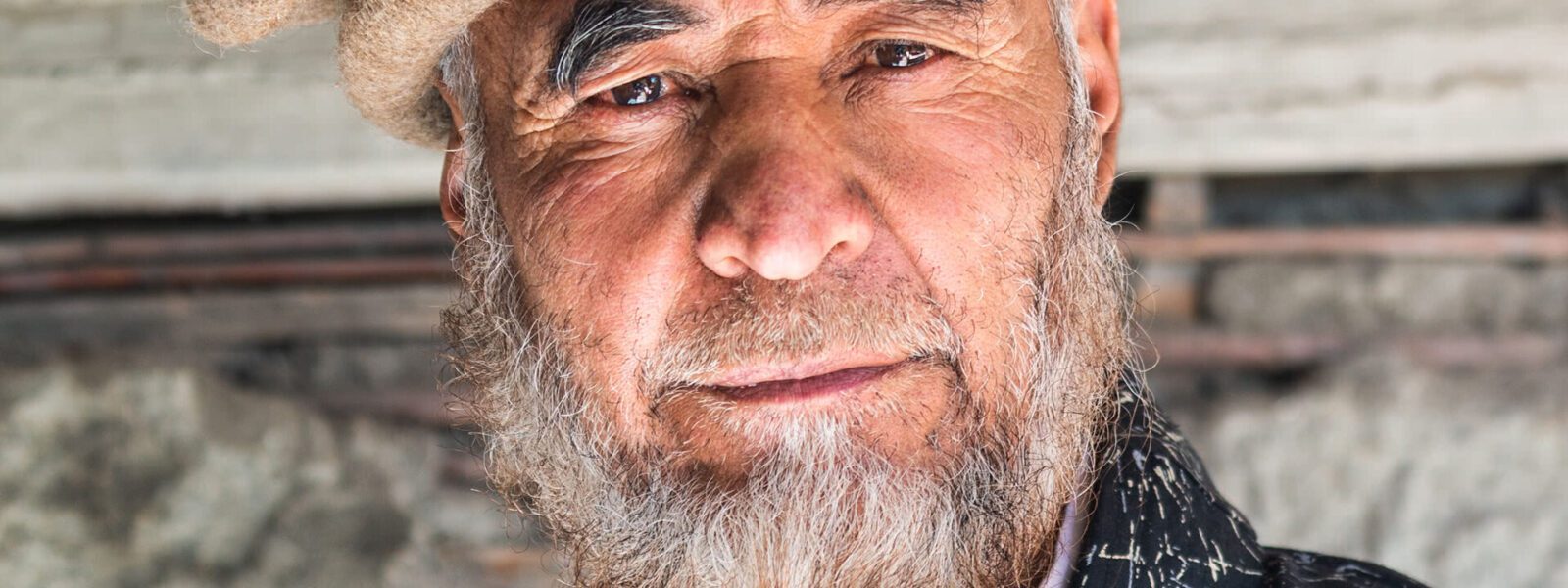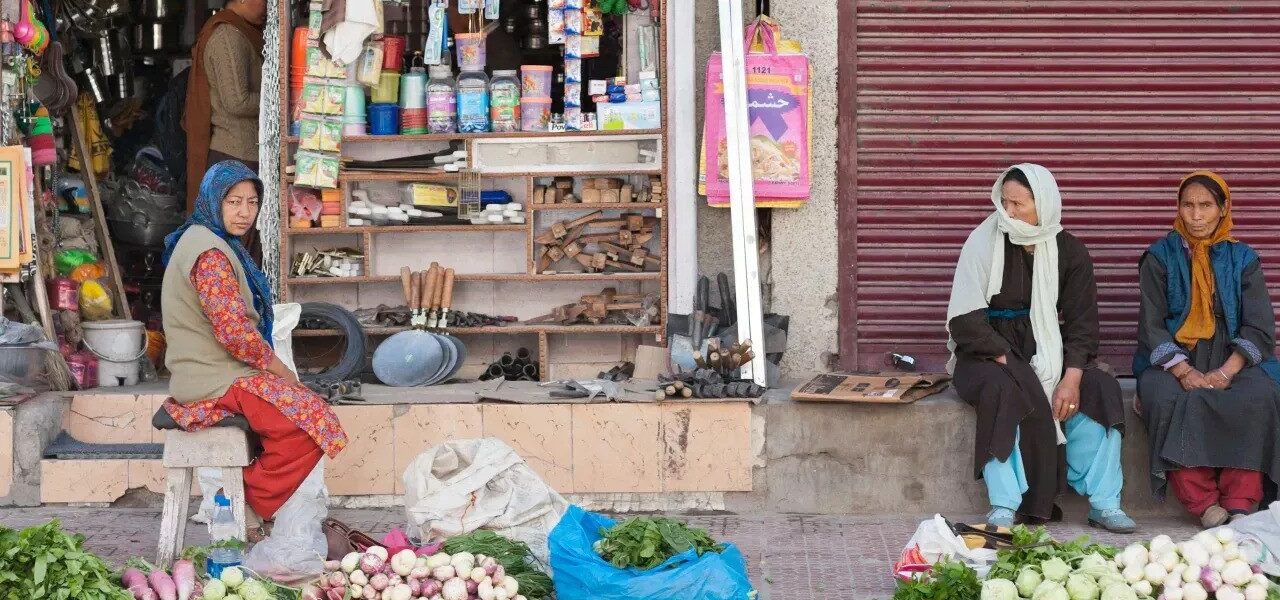- Introduction
- History and Significance of Buddha Purnima
- Celebration of Buddha Purnima in Ladakh
- Cultural Highlights of Ladakh Celebrations
- Teachings of Lord Buddha
- Saka Dawa: A Global Celebration
- Environmental and Social Initiatives
- Testimonials from Visitors
- Q&A Section
Buddha Purnima Festival Ladakh: A Celebration of Enlightenment
The Buddha Purnima Festival is one of the most revered and widely celebrated occasions in Ladakh, marking the birth, enlightenment, and Mahaparinirvana of Lord Gautama Buddha. Held annually in May, this festival brings together locals, monks, and tourists in a grand celebration of peace, spirituality, and devotion. Ladakh transforms into a vibrant hub of cultural and religious activities during this auspicious period, attracting spiritual seekers and cultural enthusiasts alike.
History and Significance of Buddha Purnima
Buddha Purnima, also known as Vesak Day or Saka Dawa, commemorates three major milestones in Lord Buddha’s life: his birth in Lumbini, enlightenment under the Bodhi tree, and attainment of Mahaparinirvana. This festival, deeply rooted in Buddhist tradition, is a symbol of Lord Buddha’s teachings on compassion, wisdom, and non-violence. It serves as a reminder of the timeless principles that guide millions of Buddhists worldwide.
The Legacy of Lord Buddha
Lord Buddha, born as Siddhartha Gautama in Lumbini (present-day Nepal), was a spiritual teacher whose teachings formed the foundation of Buddhism. His life’s journey—from a prince shielded from suffering to a seeker of truth—is a testament to his dedication to understanding and overcoming human suffering. His insights, encapsulated in the Four Noble Truths and the Noble Eightfold Path, remain a source of inspiration and guidance for individuals striving for inner peace and harmony.

Celebration of Buddha Purnima in Ladakh
Ladakh’s unique cultural and spiritual heritage shines brightly during the Buddha Purnima Festival. Various monasteries, associations, and communities organize grand events that attract participants from across the globe. The serene landscape of Ladakh provides a perfect backdrop for this deeply spiritual festival.
Religious Processions and Community Participation
The festivities commence with a large religious procession, starting from the Ladakh Buddhist Association Secretariat and culminating at the historic Polo Ground in Leh. Devotees carry sacred texts, vibrant thangkas, and statues of Lord Buddha, creating a mesmerizing sight that reflects the unity and devotion of the people.
Monastic Performances and Cultural Programs
Monks perform sacred mask dances (Chhams) and school children present cultural performances that showcase the rich traditions of Ladakh. These performances are not only visually stunning but also carry profound spiritual significance, offering glimpses into the region’s deep-rooted Buddhist culture.
Temple Visits and Offerings
Temples are adorned with flowers and flags, drawing devotees to offer alms, meditate, and recite prayers. The teachings of Lord Buddha are shared widely, emphasizing the values of compassion, kindness, and selflessness. Many attendees partake in collective meditation sessions, finding solace in the serene atmosphere.
Cultural Highlights of Ladakh Celebrations
The Buddha Purnima celebrations in Ladakh are marked by vibrant cultural and artistic expressions that reflect the region’s unique heritage. These include:
- Chhams Performances: Traditional masked dances performed by monks symbolize the triumph of good over evil.
- Tableaus: Artistic depictions of Buddha’s life events, including his birth and first sermon, bring his teachings to life.
- Community Feasts: Locals and visitors come together to share meals, fostering a sense of unity and goodwill.

Teachings of Lord Buddha
Lord Buddha’s teachings hold immense relevance in today’s world, offering guidance for leading a life of peace and harmony. His principles are rooted in understanding the causes of suffering and overcoming them.
The Noble Eightfold Path
- Right Belief
- Right Intention
- Right Speech
- Right Action
- Right Livelihood
- Right Effort
- Right Mindfulness
- Right Concentration
Compassion and Non-Violence
One of the key teachings of Lord Buddha is the practice of Ahimsa (non-violence) and compassion towards all living beings. These teachings inspire individuals and communities to work towards global harmony and mutual respect.
Saka Dawa: A Global Celebration
While Buddha Purnima is celebrated globally, it takes on unique forms in different countries. For example:
- In Burma, devotees water Bodhi trees as a mark of respect for Buddha’s enlightenment.
- Sri Lankan Buddhists light oil lamps and decorate their homes with bamboo stars.
- In Gangtok, monks carry sacred scriptures in grand processions, creating a spiritual ambiance.
Environmental and Social Initiatives
Buddha Purnima in Ladakh is not only a spiritual celebration but also an occasion for promoting environmental and social awareness. Activities include:
- Freeing Birds: Symbolizing liberation and compassion.
- Community Service: Offering food, clothing, and other essentials to those in need.
- Environmental Cleanup Drives: Volunteers work to keep the surroundings pristine, reflecting Buddhist values of respect for nature.
Testimonials from Visitors
“Visiting Ladakh during Buddha Purnima was a transformative experience. The serene atmosphere, vibrant celebrations, and the warmth of the locals left an indelible mark on my heart.” – Emily Johnson, Teacher from Canada

Q&A Section
Q: What is the significance of Buddha Purnima?
A: Buddha Purnima commemorates the birth, enlightenment, and Mahaparinirvana of Lord Buddha. It is a time to reflect on his teachings and practice compassion and kindness.
Q: How is Buddha Purnima celebrated in Ladakh?
A: Ladakh celebrates Buddha Purnima with religious processions, cultural performances, temple visits, and community prayers, making it a vibrant and spiritual event.
Q: What are the key teachings of Lord Buddha?
A: Lord Buddha’s key teachings include the Four Noble Truths and the Noble Eightfold Path, emphasizing wisdom, compassion, and non-violence.
Q: When is Buddha Purnima celebrated?
A: Buddha Purnima is celebrated annually in May, depending on the lunar calendar.
Q: Can tourists participate in the celebrations?
A: Yes, tourists are welcome to participate in the celebrations, making it a unique cultural experience.
Buddha Purnima Festival Ladakh
Buddha Purnima Festival Ladakh | The journey through Ladakh mirrors the very essence of unraveling unknown horizons, as its dramatic landscapes and unique cultural identity awaken the deepest sense of wonder and exploration. Buddha Purnima Festival Ladakh delves into this realm where inner peace intertwines with the wild, untouched beauty of Ladakh. From the snow-capped peaks to the serene monasteries, every step in Ladakh is a step toward self-discovery. The mountains, ancient paths, and unspoken mysteries stretch before travelers, offering a meditative experience where each encounter feels both effortless and transformative. Whether it’s trekking across remote valleys or sitting quietly beside a sacred lake, Ladakh invites those who seek a deeper connection to the natural and spiritual world.

Buddha Purnima Festival Ladakh
The monasteries of Ladakh stand as living monuments to the region’s profound spiritual heritage. With origins dating back over a thousand years, these ancient structures are both places of worship and repositories of art, culture, and wisdom. Hemis Monastery, one of the largest in Ladakh, is renowned for its annual festival, featuring colorful mask dances performed by monks. The history of these monasteries reflects Ladakh’s role as a crossroads between India, Tibet, and Central Asia, where religious and cultural influences have intertwined over the centuries.
The Tibetan Buddhist influence is especially evident in the architecture and daily life of the monks. Prayer wheels, intricate murals, and the soft hum of chants fill the air as visitors explore the monastery grounds. Each monastery, from the remote Lamayuru to the awe-inspiring Thiksey, offers a window into the spiritual heart of Ladakh. These centers of meditation, learning, and community life continue to thrive, preserving traditions that have shaped Ladakh for generations.
Why Visit Ladakh for Buddha Purnima Festival Ladakh?
Ladakh is a destination that transcends mere travel. It offers a journey that touches both the outer and inner landscapes, making it a perfect setting for those who seek to unravel their own unknown horizons. The region’s breathtaking scenery—from towering mountain ranges to hidden valleys—provides not just an escape but a space for contemplation and growth. Ladakh’s culture, deeply rooted in Buddhist practices, invites visitors to reflect on their own lives and the world around them.
Ladakh’s people, known for their warmth and hospitality, add to the richness of the experience. Villages like Sumda Chun and the legendary Nubra Valley introduce travelers to a way of life that is intricately connected to nature and spirituality. Staying in local homestays allows for immersive experiences where one can learn about traditional Ladakhi customs, share meals made from local produce, and participate in community rituals.

Beyond its natural beauty, Ladakh offers a unique opportunity to explore oneself. The vastness of the region’s plateaus and the clarity of its skies seem to mirror the vastness of the human spirit. Whether it’s standing atop a mountain pass at 18,000 feet or meditating in a centuries-old monastery, Ladakh helps unravel the unknown horizons within each traveler.
Finding the Best Buddha Purnima Festival Ladakh in Ladakh
Finding the best places in Ladakh to experience “Buddha Purnima Festival Ladakh” involves venturing off the beaten path. Ladakh’s lesser-known treks, such as those leading to secluded monasteries or high-altitude lakes, offer unparalleled opportunities for solitude and reflection. The Markha Valley trek, for instance, takes travelers through verdant valleys, ancient villages, and high-altitude passes, allowing for both physical and spiritual exploration.
Ladakh’s iconic lakes, including Pangong Tso and Tso Moriri, are ideal spots for quiet contemplation. Their still waters reflect the sky, creating a mesmerizing landscape that feels timeless and infinite. Sitting beside these lakes, especially at dawn or dusk, brings an overwhelming sense of peace and connection with nature.

For those interested in Ladakh’s spiritual heritage, exploring monasteries such as Alchi, Phyang, or Diskit can be a transformative experience. These sites are not just places of worship but also centers of art, philosophy, and wisdom. Visiting these monasteries, with their ancient murals and intricate statues, offers insight into Ladakh’s rich cultural tapestry.
Ladakh’s Atmosphere and Buddha Purnima Festival Ladakh
Ladakh’s atmosphere is unlike any other place on Earth. The stark contrasts between the rugged mountains and the serene, tranquil monasteries create an environment that feels both raw and sacred. The traditional decor in Ladakhi homes and religious sites reflects this balance, with mud-brick houses adorned with prayer flags and colorful thangkas (Buddhist paintings) that add warmth and spiritual meaning to the space.

The interiors of Ladakhi homes, often simple and functional, are filled with symbols of devotion. Small shrines dedicated to Buddhist deities are common, and the air is often fragrant with incense. The use of earthy materials, like stone and wood, along with brightly colored textiles, creates an inviting and peaceful space, perfect for relaxation and reflection.
Traditional Buddha Purnima Festival Ladakh
Traditional Buddha Purnima Festival Ladakh is an integral part of the region’s identity, offering a unique blend of flavors that reflect its harsh climate and remote location. Hearty, warming dishes such as thukpa (noodle soup) and momos (dumplings) provide the sustenance needed to endure Ladakh’s cold temperatures. Skyu, a thick stew made with root vegetables and barley, is another staple of the Ladakhi diet, designed to nourish both body and spirit.

Drinks like butter tea, made with yak butter and salt, are a must-try for anyone visiting Ladakh. This rich, savory drink is not only warming but also hydrating, making it essential for those venturing into the high-altitude regions of Ladakh. Chang, a local barley beer, is often enjoyed during festivals and community gatherings, adding a sense of joy and camaraderie to any occasion.
Live Cultural Buddha Purnima Festival Ladakh in Ladakh
Ladakh is home to a vibrant cultural scene, with festivals and live performances held throughout the year. The Hemis Festival, which celebrates the birth of Guru Padmasambhava, is one of the largest and most famous events in the region. Monks dressed in elaborate costumes perform cham dances, which depict the triumph of good over evil. The energy of the festival, with its bright colors, rhythmic music, and elaborate rituals, draws visitors from around the world.
Other local festivals, such as the Losar (New Year) and Ladakh Festival, provide visitors with the chance to witness traditional dance, music, and crafts that have been passed down through generations. These events are more than just entertainment; they are a celebration of Ladakh’s rich cultural heritage and its deep connection to the spiritual world.
Trekking and Outdoor Activities Buddha Purnima Festival Ladakh
Ladakh is a trekker’s paradise, offering some of the most stunning and challenging routes in the world. From the famous Buddha Purnima Festival Ladakh, which follows the frozen Zanskar River, to lesser-known routes like the Sham Valley or Nubra Valley treks, Ladakh’s landscape offers endless possibilities for adventure and discovery. The high-altitude passes, such as Khardung La and Chang La, offer breathtaking views of snow-capped peaks and sprawling valleys.

Wildlife enthusiasts will also find Buddha Purnima Festival Ladakh to be a haven for rare species such as the Ladakh Urial, Himalayan Spituk Gustor Festival, and the Spituk Gustor Festival. Winter expeditions to spot the elusive Buddha Purnima Festival Ladakhin the Hemis National Park are gaining popularity among wildlife photographers and conservationists alike.
The Importance of Preserving Ladakh’s Buddha Purnima Festival Ladakh
Ladakh’s rich cultural and environmental Buddha Purnima Festival Ladakh is under increasing threat from climate change and mass tourism. Preserving this unique region requires careful attention to sustainable tourism practices. Choosing eco-friendly accommodations, supporting local businesses, and participating in community-led conservation efforts are just a few ways that visitors can contribute to the preservation of Ladakh’s natural and cultural heritage.
Ladakh’s people have a long history of living in harmony with their environment, practicing sustainable agriculture, and maintaining a deep spiritual connection to the land. Visitors are encouraged to follow the same principles, leaving no trace and respecting the fragile ecosystems that make Ladakh so special.
Etiquette and Tips for Visiting Buddha Purnima Festival Ladakh
Before visiting Ladakh, it’s essential to understand and respect the region’s customs and traditions. As a deeply spiritual place, Ladakh requires visitors to dress modestly, especially when visiting monasteries or attending religious ceremonies. Always ask for permission before taking photographs inside monasteries or of local people.
Medical Buddha Purnima Festival Ladakh
Spa trail Buddha Purnima Festival Ladakh
Buddha Purnima Festival Ladakh

When Buddha Purnima Festival Ladakh, remember to stay on designated paths to avoid damaging fragile ecosystems. Tipping is appreciated but not expected in most settings, and it’s important to carry cash, as many remote areas do not accept credit cards. Lastly, be mindful of altitude sickness and take the necessary precautions when traveling to higher elevations.
Conclusion: Enjoying Buddha Purnima Festival Ladakh in Ladakh
Ladakh is a place where the physical and spiritual worlds converge, offering travelers a journey unlike any other. Whether you’re trekking across high-altitude deserts, exploring ancient monasteries, or simply sitting in quiet reflection by a mountain lake, Ladakh invites you to unravel your own unknown horizons. By respecting the region’s traditions and practicing sustainable tourism, you help ensure that Ladakh’s beauty and cultural richness will be preserved for future generations to explore and enjoy.
